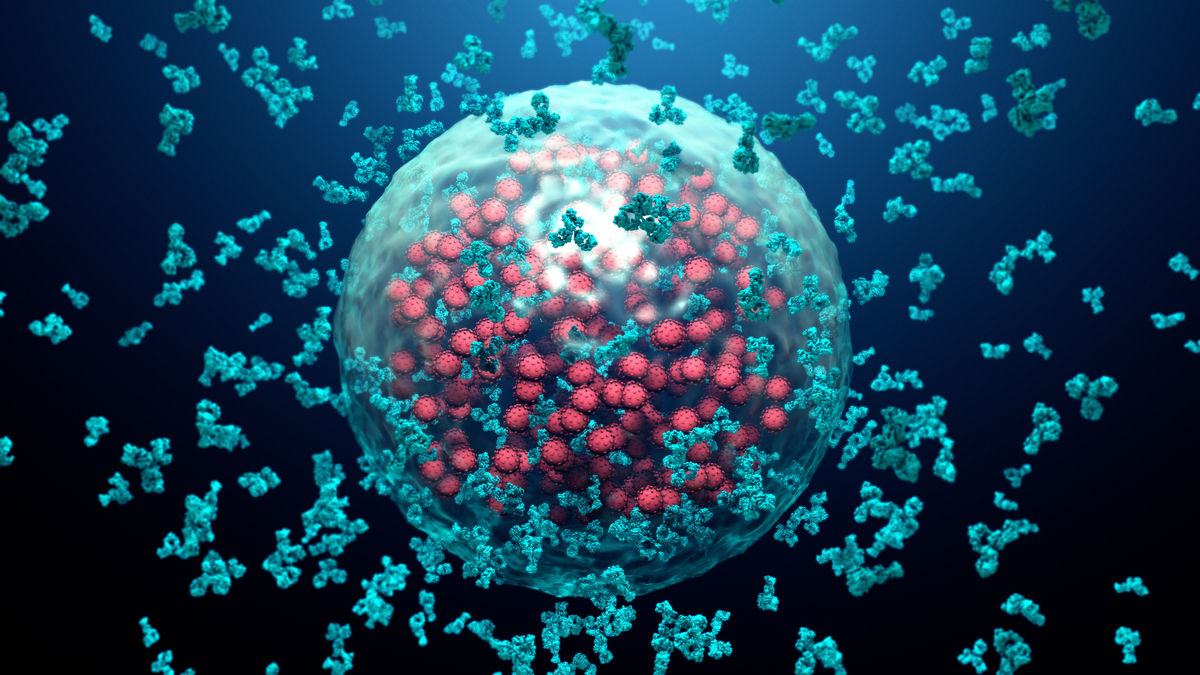Potency assay considerations
As defined in ICH guideline Q6B, potency is measured using a suitable quantitative biological assay (also called potency assay or bioassay). A good understanding of the molecule is required to inform the chosen potency assay or assays and should be based on specific attributes that link to the MOA and hence intended efficacy in the patient population.
The design and development of each assay should be carefully considered and specific for each therapeutic. The scientific rationale for choosing each potency assay must be well documented to support the decision-making pathway.

